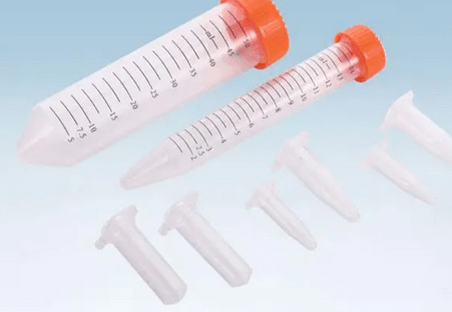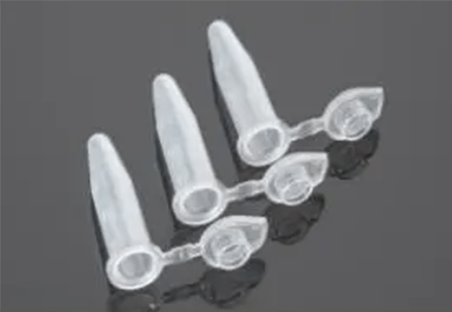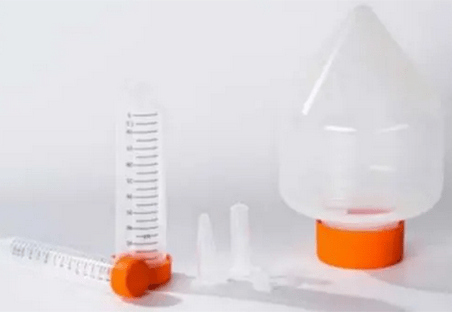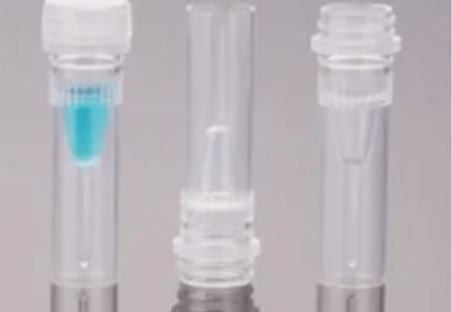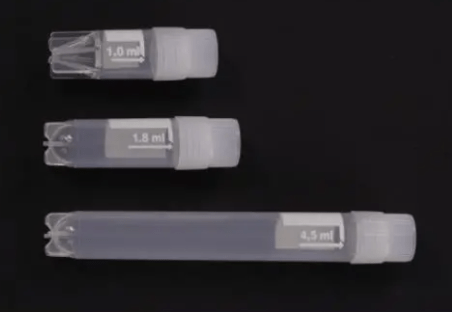Cryogenic vials play a crucial role in various scientific and medical applications, serving as containers for storing biological samples at extremely low temperatures. These vials are specially designed to withstand the harsh conditions of cryogenic storage, but what happens when a cryogenic vial breaks? In this article, we will delve into the nature of cryogenic vials, the causes of their breakage, the potential consequences, and effective strategies to prevent such incidents.
What are Cryogenic Vials and Their Purpose?
Cryogenic vials are small containers designed to hold biological specimens, such as cells, tissues, or DNA, at ultra-low temperatures, typically below -150 degrees Celsius (-238 degrees Fahrenheit).
These vials are crucial in various fields, including biotechnology, genetics, and medical research, where preserving the integrity of biological samples is paramount. The vials are typically made from materials like polypropylene or high-density polyethylene, known for their resistance to extreme cold.
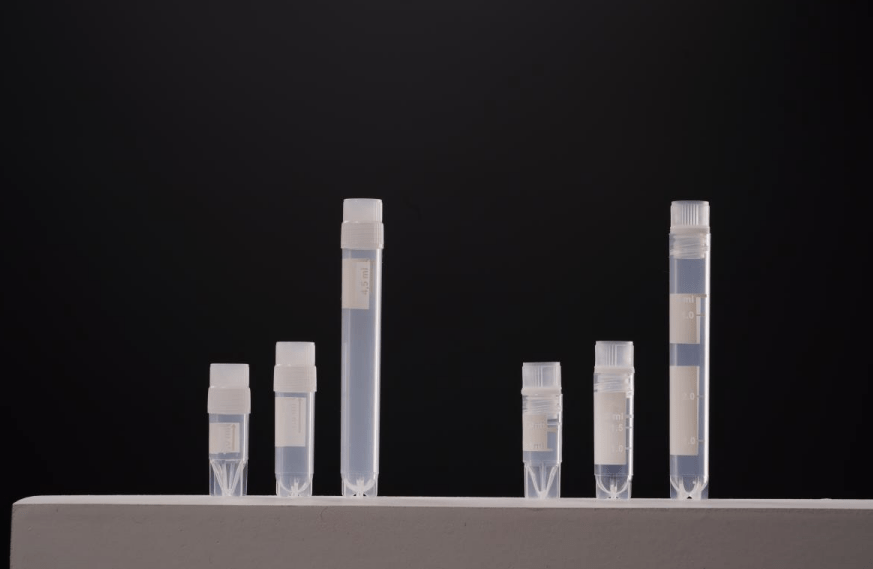
The Causes of Cryogenic Vial Breaking
Despite their durable construction, cryogenic vials can break under certain circumstances. Several factors contribute to the breakage of these vials:
- Thermal Shock: Rapid temperature changes can induce thermal shock, causing the vial to crack or shatter. For instance, transferring a vial directly from liquid nitrogen to a warmer environment can create stress on the material.
- Physical Damage: Mishandling or accidental impacts during storage or transportation can lead to physical damage, weakening the structural integrity of the vial.
- Manufacturing Defects: Occasionally, defects in the manufacturing process may compromise the vial’s quality, making it more susceptible to breakage.

The Consequences of Cryogenic Vial Breaking
When a cryogenic vial breaks, several adverse consequences may occur:
- Sample Contamination: The most significant risk is the potential contamination of the stored biological sample, rendering it unusable for research or medical purposes.
- Loss of Data: If the sample was unique or irreplaceable, the breaking of a cryogenic vial can result in the loss of valuable data and research opportunities.
- Compromised Experimentation: Researchers may face setbacks in their experiments or studies due to the unavailability of intact samples, potentially delaying scientific progress.
How to Prevent Cryogenic Vial Breaking?
To mitigate the risks associated with cryogenic vial breakage, it’s essential to implement preventive measures:
- Proper Handling: Educate personnel on proper handling procedures, emphasizing the gentle transfer of vials and the avoidance of sudden temperature changes.
- Quality Control: Regularly inspect vials for any signs of damage or manufacturing defects. Implement rigorous quality control measures to ensure the integrity of the vials.
- Use Protective Measures: Employ secondary containment systems or protective casings to shield cryogenic vials from physical impacts.
- Temperature Gradualization: Allow vials to gradually adjust to temperature changes by using intermediate storage steps or controlled environments, minimizing the risk of thermal shock.
- Training and Awareness: Ensure that all individuals working with cryogenic vials are adequately trained and aware of the potential risks, promoting a culture of safety in the laboratory.
Conclusion
In conclusion, the potential repercussions of a cryogenic vial breaking are significant, encompassing sample contamination, data loss, and compromised experimentation. However, in the dynamic landscape of scientific inquiry, where breakthroughs hinge on the preservation of pristine biological samples, the partnership between laboratories and reliable laboratory consumables suppliers becomes paramount.
Laboratories can further enhance their safety protocols by collaborating with reputable laboratory consumables suppliers. These suppliers play a pivotal role in providing high-quality cryogenic vials that meet stringent standards for durability and reliability. By sourcing vials from trustworthy suppliers, laboratories can ensure that their research and medical endeavors are supported by top-notch equipment designed to withstand the challenges of cryogenic storage. On the other hand, laboratories must prioritize comprehensive training, implement stringent quality control measures, and utilize protective measures to minimize the risk of vial breakage.
